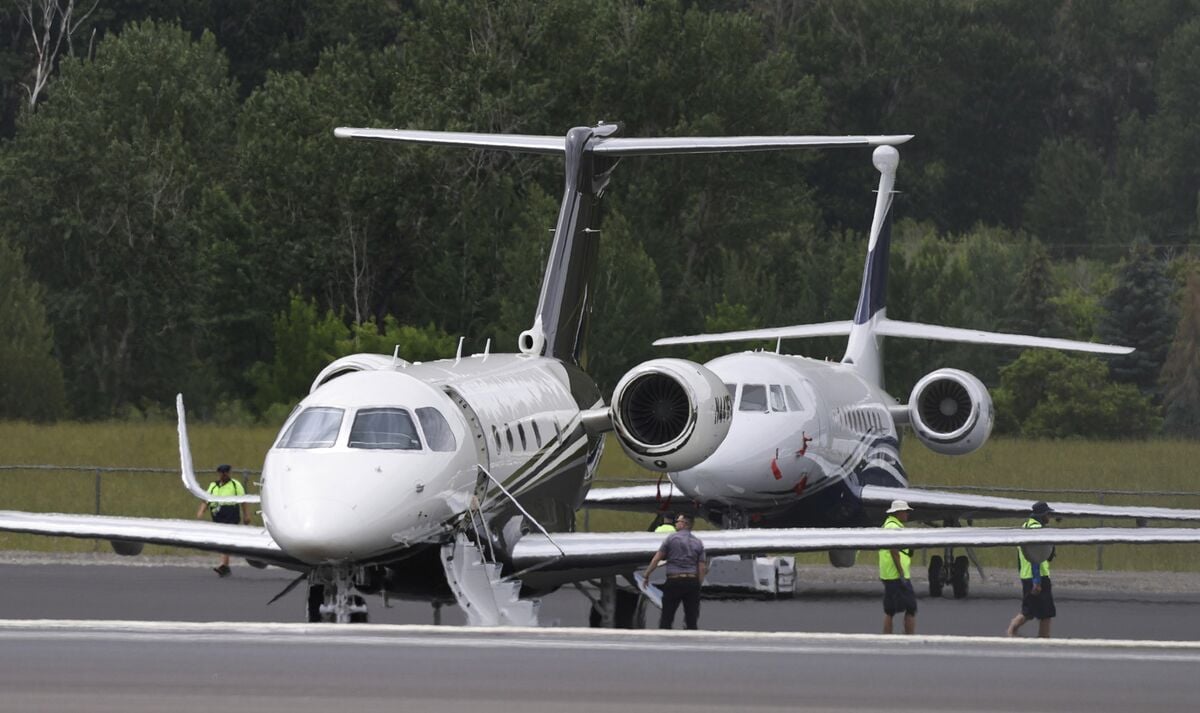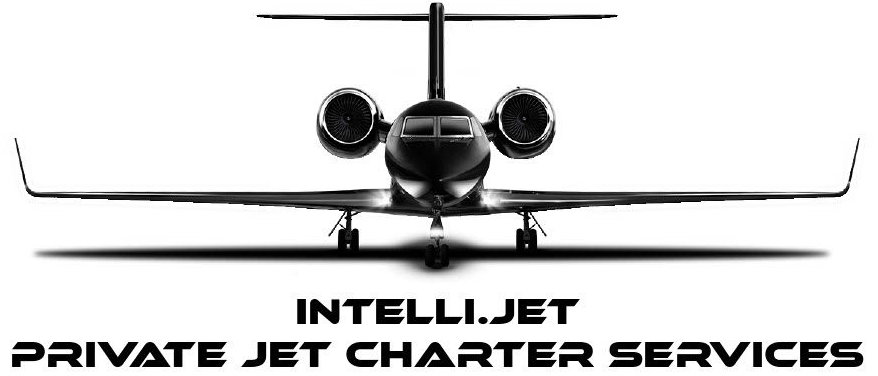Shared Flights

Shared flights are when multiple passengers decide to collaborate to pay for a private flight to reduce the overall cost per passenger. However, there are many factors to consider if you’re looking to share a flight.
Firstly, I get many inquiries from people asking to share a flight, or ‘jump onto a flight’ so as to reduce the cost to themselves. That is all understandable, especially if you’re looking to travel with your beloved pet, but sharing a flight with others is complicated for a variety of reasons and I will go through these in due course.
Lets take an example I had recently from a client looking to share.
They got in touch telling me they were looking to fly from New York area to Miami area, no pets involved, and they were flexible with their departure points and dates as long as it was within a ten day window.
So there we have our first potential issues, ten days flexibility is not a lot of time. Ideally it’s best to be flexible for around 4-6 weeks to have the very best chance of finding a suitable flight. In this case, flying from New York to Miami is a very popular route and both areas have a number of airports to choose from so this is actually very good.
The next thing to consider is budget. Private jets by their nature are not cheap by most standards. If you figure out they generally charter for between US$5,000 and US$10,000 per HOUR you will see how they become very expensive indeed. Obviously this is the main factor as to why so many people want to fly private but try to share to reduce costs. Just because you might be able to find a 10 seat jet, being offered for US$50,000 to fly from A to B, it does not necessarily mean the price to share will be US$5,000 to you.
If the jet has 10 seats, are all 10 passengers going to be paying their share? Are there even going to be 10 passengers on board? If there are 10 passengers, but only 6 are paying, that means the $50k flight will be costing you $8,334 and not the $5,000 you originally thought. Ask yourself if your budget will allow for that?
Now we come onto trust.
With other people involved do you trust the others to keep their part of the bargain and commit to paying their share?
In the example I’m thinking of there were 14 people who initially said they’d be happy to charter the jet and were able to pay for the share based on the total charter price that had been quoted. The price of the charter overall was US$45,900, so divided by 14 couples (7x paying passengers) each couple would be paying about US$6,560. To be fair as a flight share that is a really good price, you could never charter an aircraft yourself and pay as little as that on your own for that route.
Anyway, 3 of the 7 paying passengers suddenly got cold feet and decided to withdraw from the flight, for reasons unknown to me, but they did. This meant there were only 4 paying passengers remaining and so the cost increased to US$11,475 per couple. Nearly double.
As it turned out they could all afford it (just about) but can you imagine being in the position where you could afford the original $6.5k but had no way of paying the $11.5k to remain on the flight – you’d be grounded. This is why everyone in the charter group MUST have trust and commitment to the flight.
That leads me quite well onto payment for the flight.
You’d think you’d all be able to pay the operator of the jet directly for your part of the flight and all is well. In most cases (admittedly not all) the operator will not accommodate multiple payments for a charter.
The way the operators work is very simple. You want to charter the jet, pay for it, in full.
They won’t do multiple payments because the flight won’t be confirmed until it’s paid for. The reason for this is simple. Every charter flight has to have what’s known as a “Primary Charterer (PC)” or “Lead Name” which will go onto the contract.
The PC is then 100% liable for the full price of that flight (see trust), basically the flight is then theirs. Payment will be required in full within 30 days of departure, but outside 30 days a deposit is usually acceptable and it would be around 10-25% of the total cost, but does vary from operator to operator.
One way payments can work, is if the PC pays for the entire flight themselves, then charges the people sharing a percentage of the flight cost. It’ll be up to them if the share is equal or not, and therefore they can decide to charge people slightly more and therefore fly for free themselves. It really depends on what the PC decides.
Another way, is for all the people sharing to pay the PC directly their share of the price, and then the PC pays the operator, the same as above but in reverse if you like. This means the PC doesn’t need to have the total cost upfront themselves. Again this is where trust plays a big part.
Most people looking to share a flight think it's simple, but the reality is very different. Of course it should be easy, but if it was then everybody would be doing it.
When you fly commercially you work to a timetable set by the airline, so everybody knows when to turn up, and people adjust their schedules to accomodate the airline schedule as advertised. Private jets operate differently, and that's just one of the main reasons sharing a flight is tricky but the biggest single factor as to why sharing a flight is hard work, is the sheer amount of co-ordination that's required to make it work for everyone involved.
If after reading this you have questions, please click the FEEDBACK button below & send them to me, I'll do my best to answer any questions or concerns you may have.
